Learn More About
Russ Erlinger Crane Service
Serving the Southern Illinois, St. Louis, MO and the Midwest, Russ Erlinger Crane Service specializes in crane rental and rigging services. 24/7 emergency hours. Various industry memberships and certifications. Safety is our top priority. Call us today.
Serving Area
Southern Illinois
St. Louis, MO
and the Midwest
Summerfield, IL
Scott AFB, IL
Lebanon, IL 62254
Shiloh, IL
Trenton, IL 62293
O'Fallon, IL
Mascoutah, IL
Fairview Heights, IL
St Morgan, IL 62293
Business Hours
- Mon, Fri
- -
- Tue - Thu
- -
- Sat - Sun
- Closed
24/7 Emergency Hours
Hi. Do you need any help?
Privacy Policy
| Do Not Share My Information
| Conditions of Use
| Notice and Take Down Policy
| Website Accessibility Policy
© 2025
The content on this website is owned by us and our licensors. Do not copy any content (including images) without our consent.

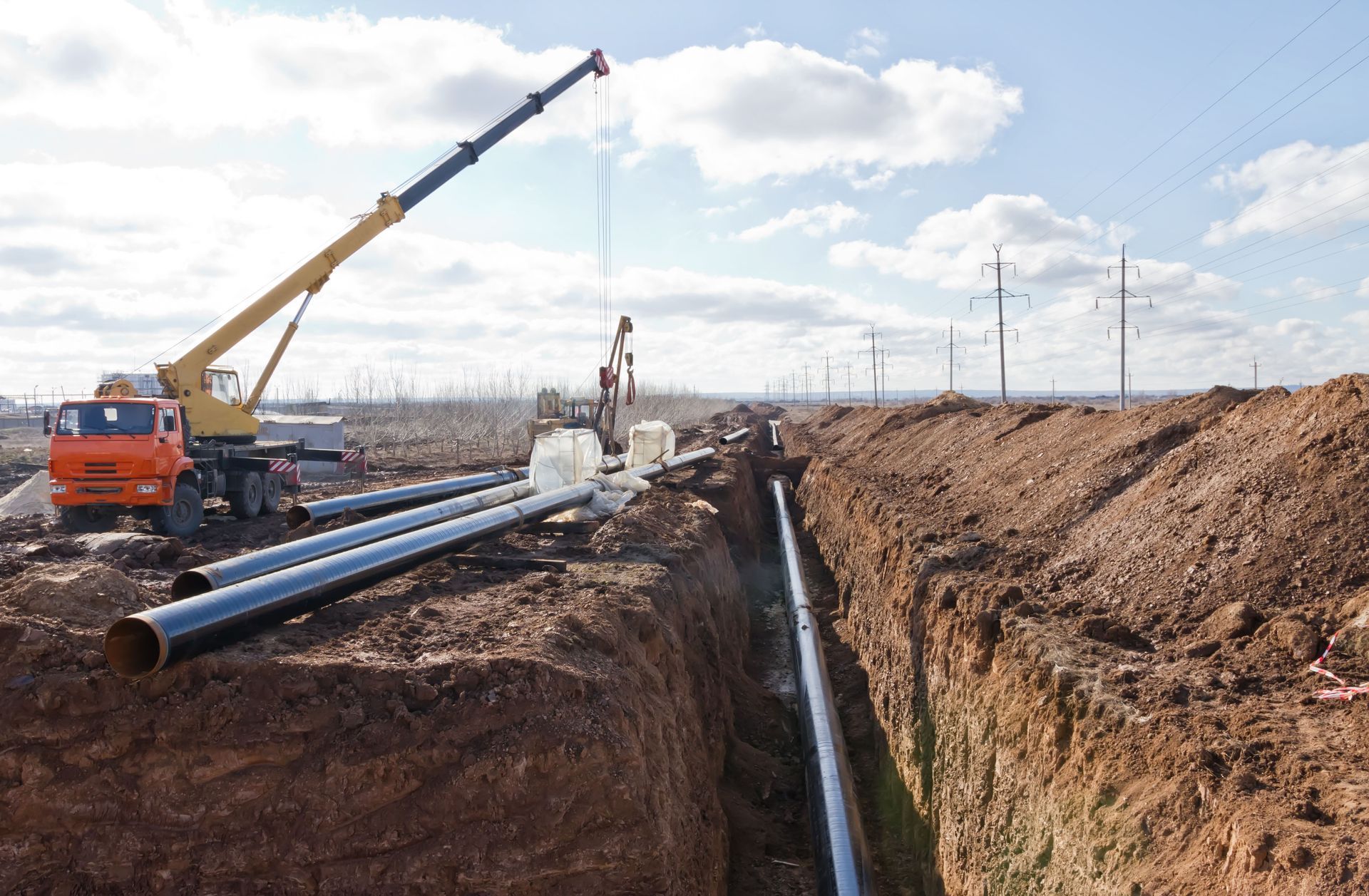
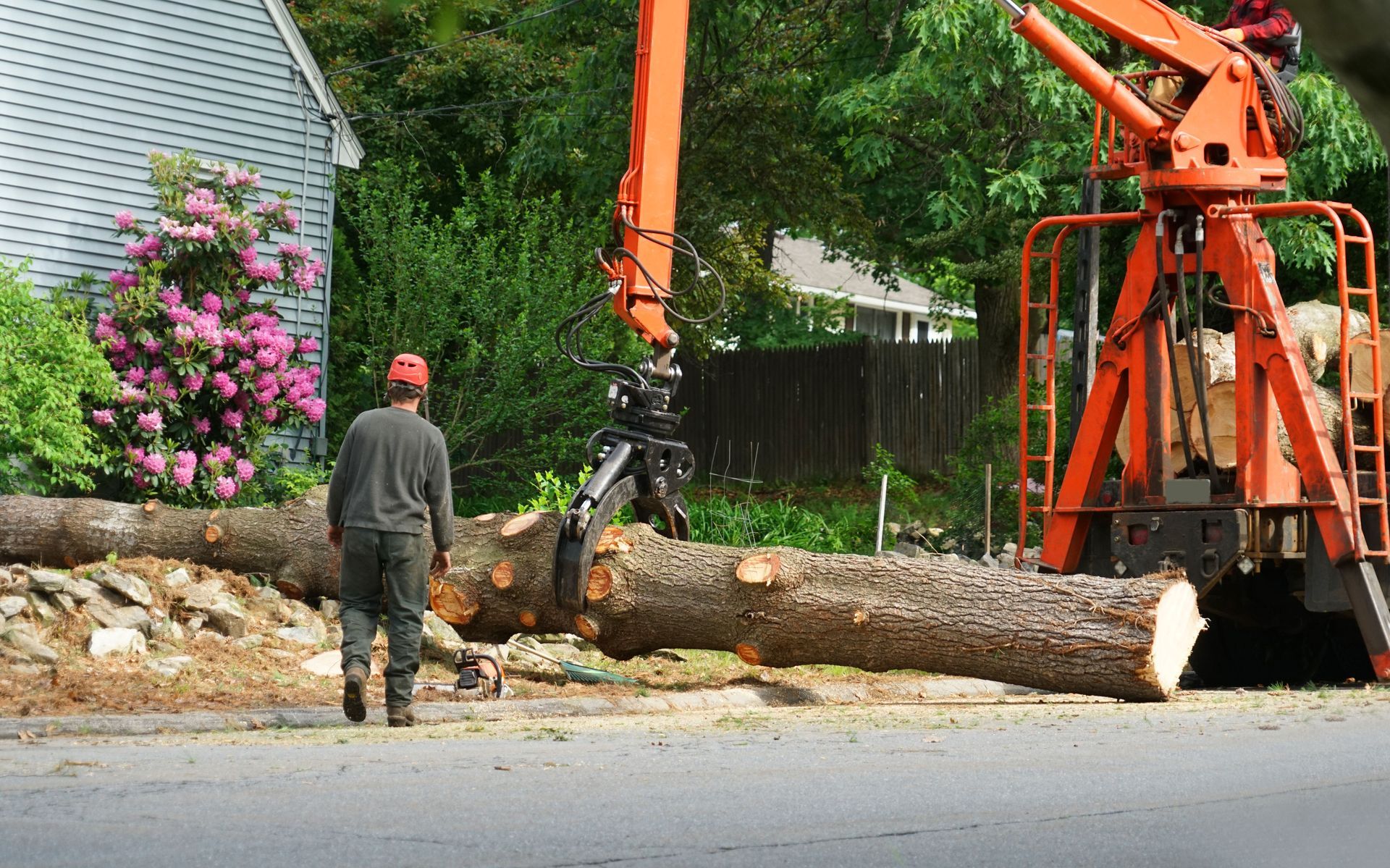
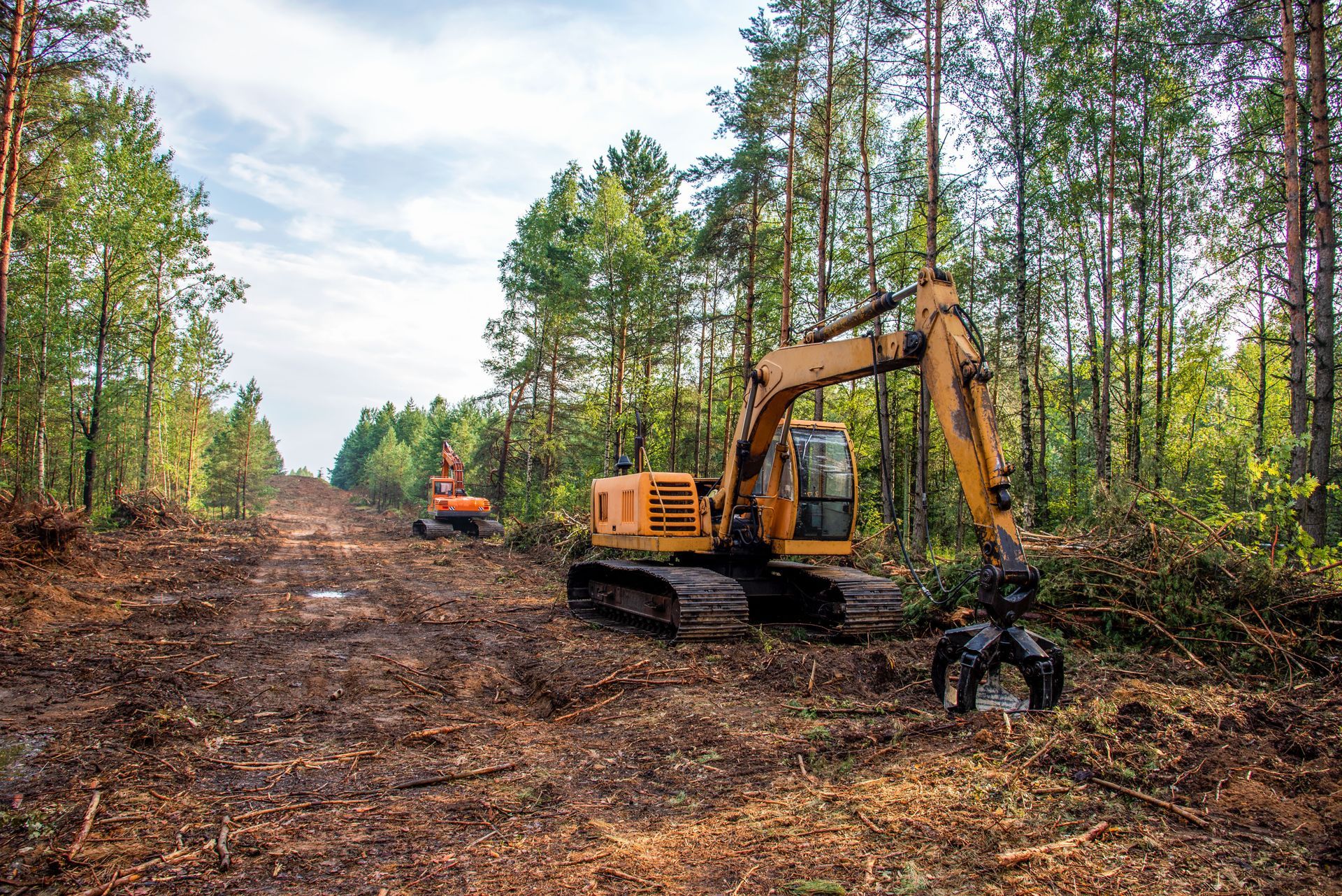
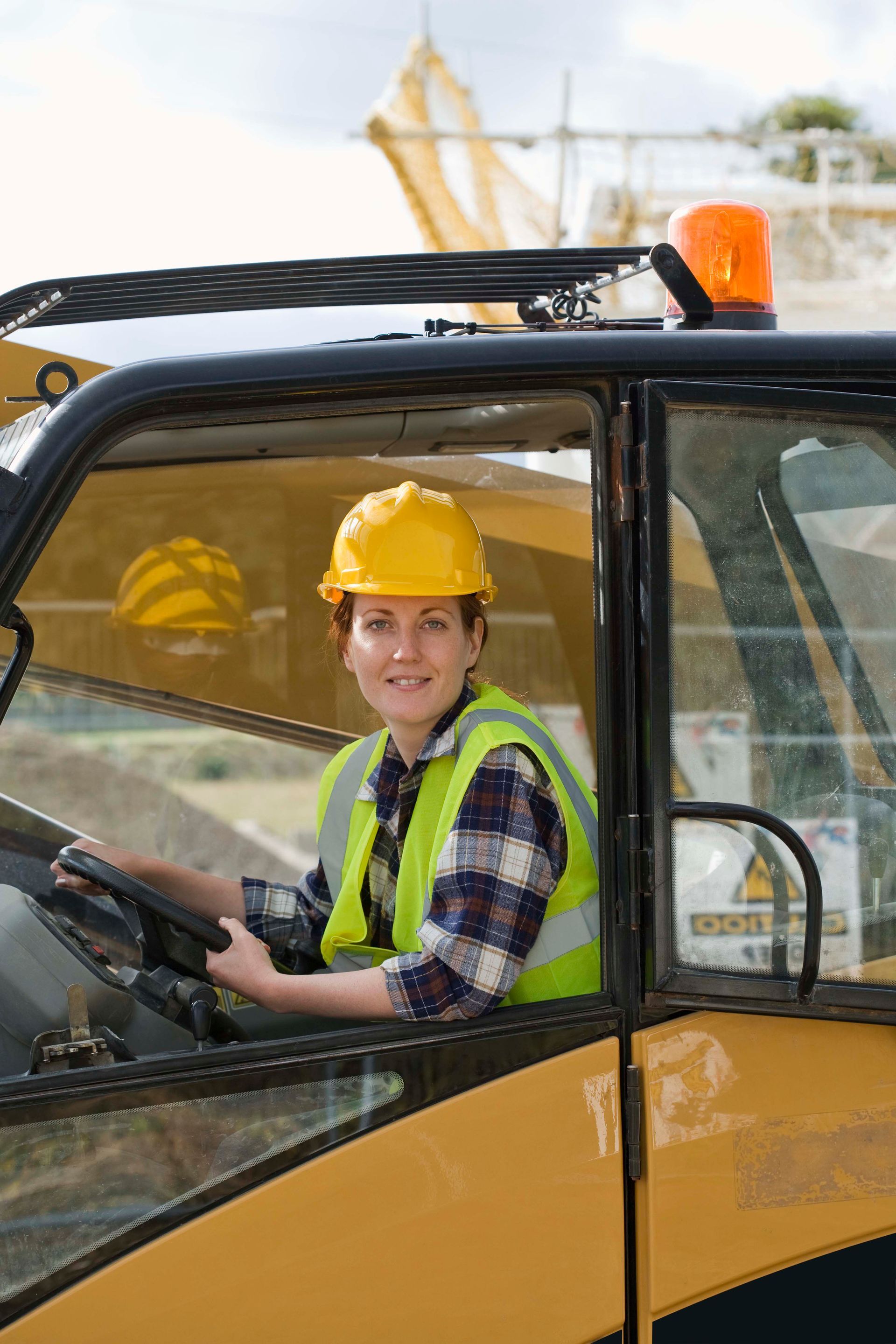
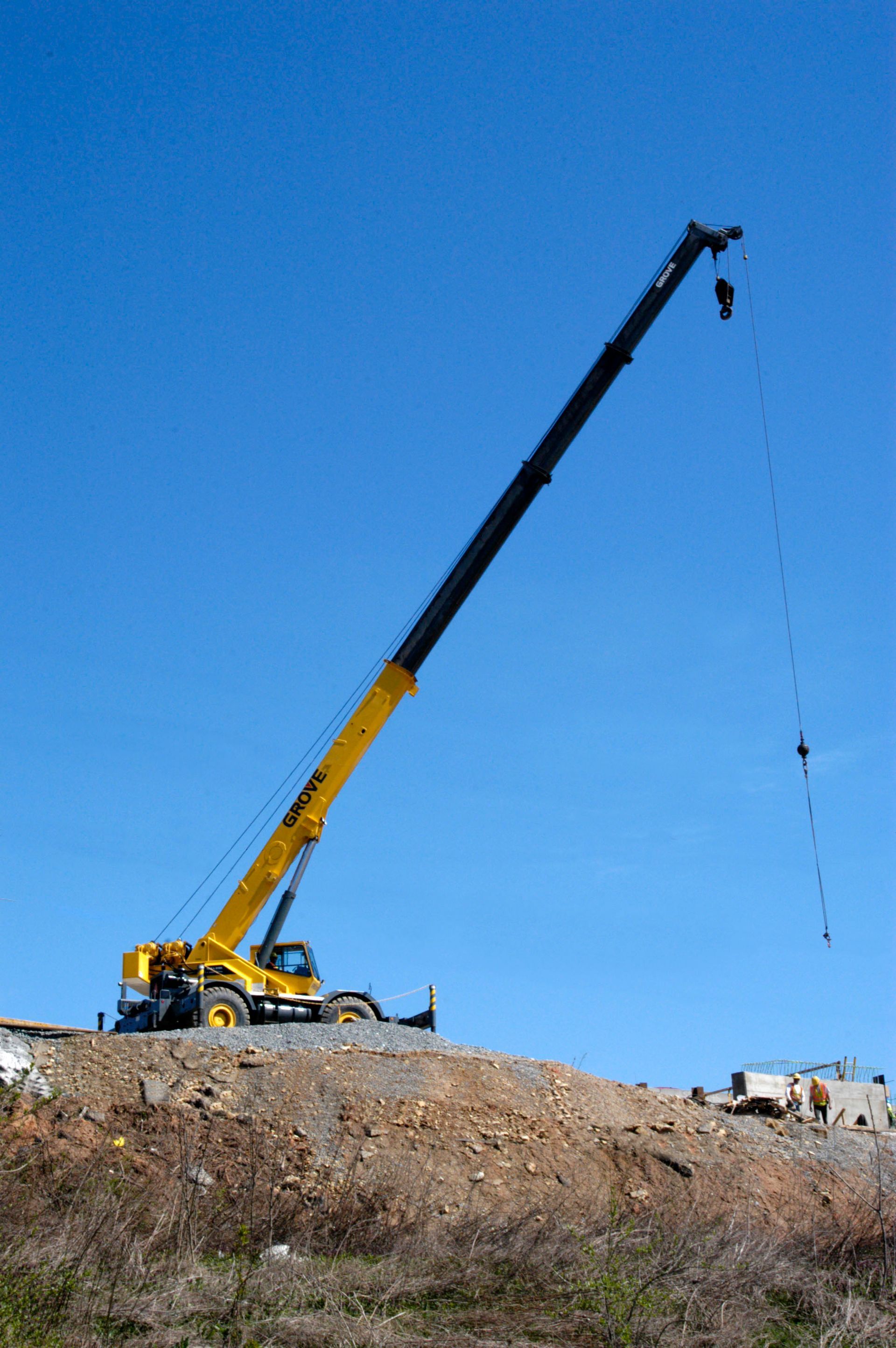
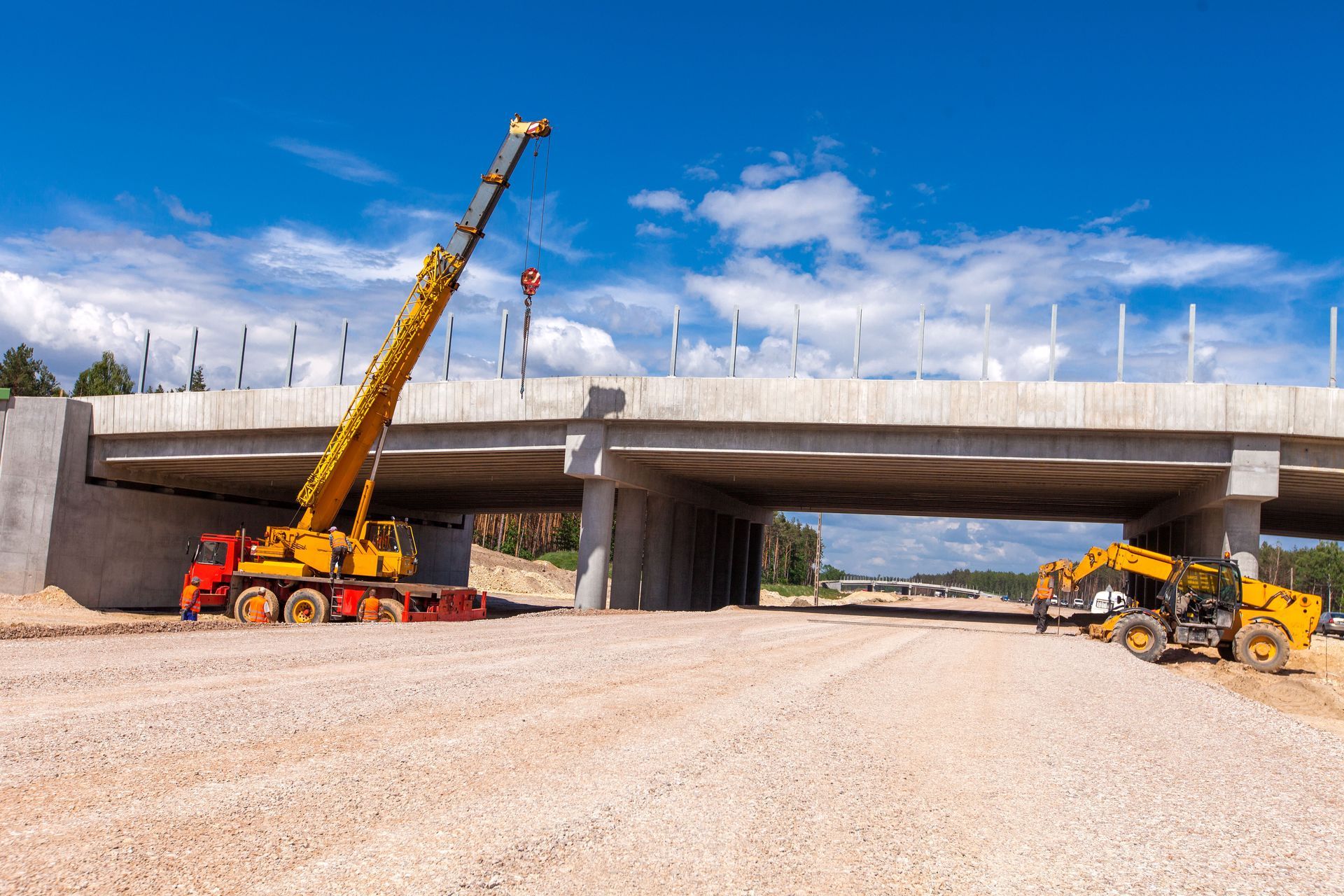

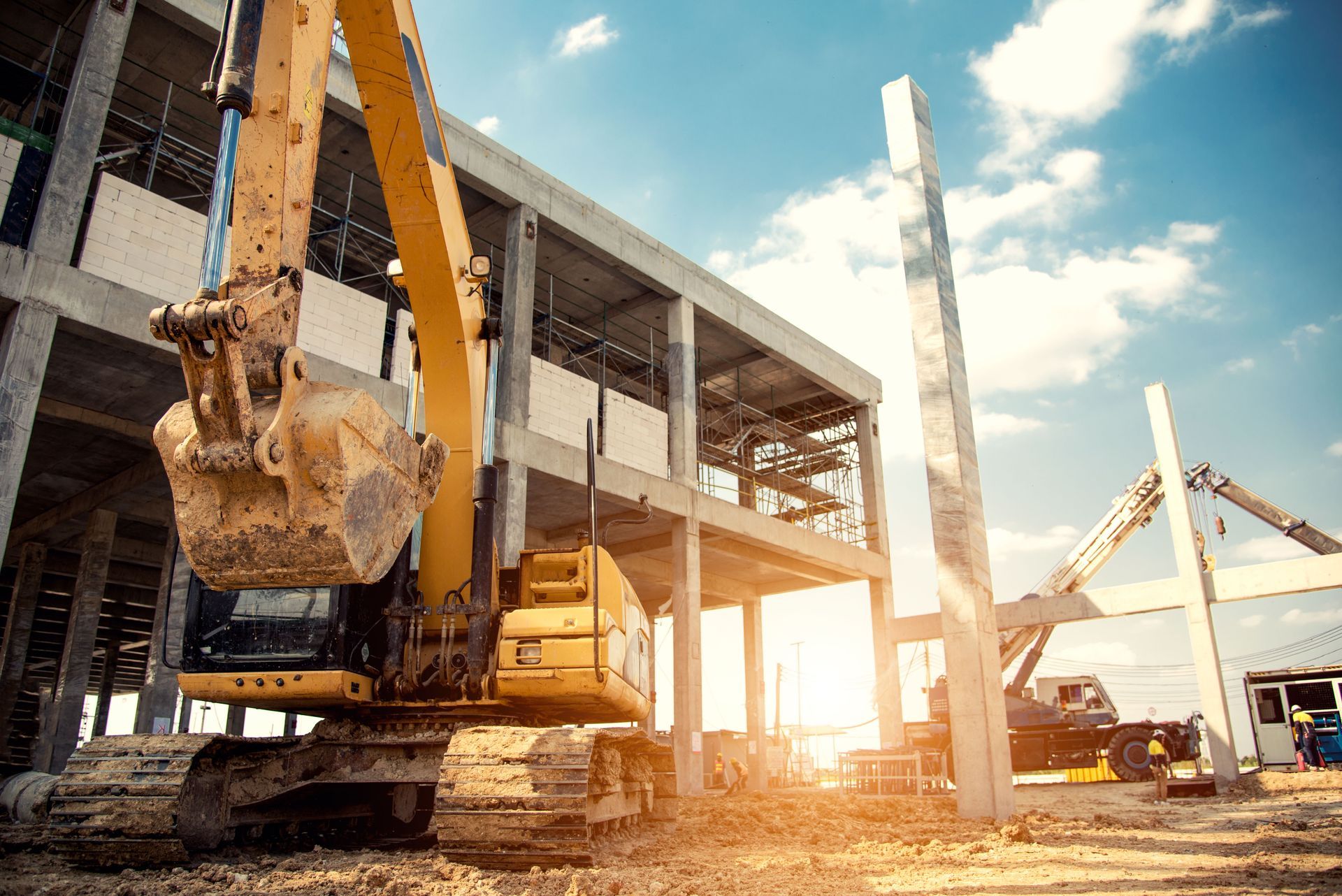
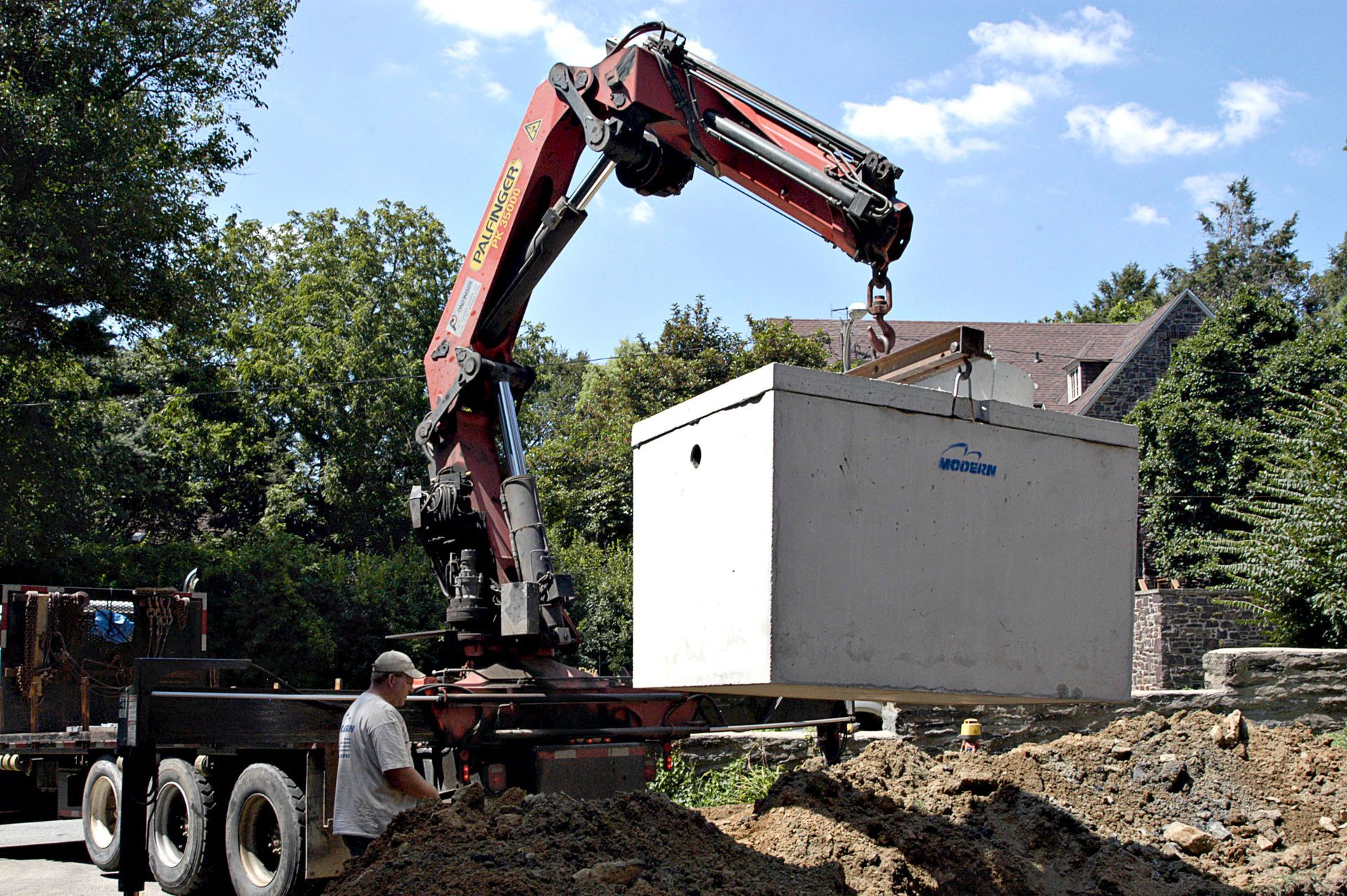

Share On: